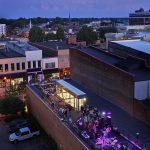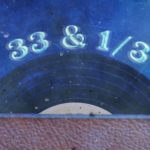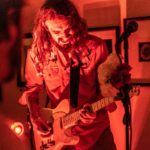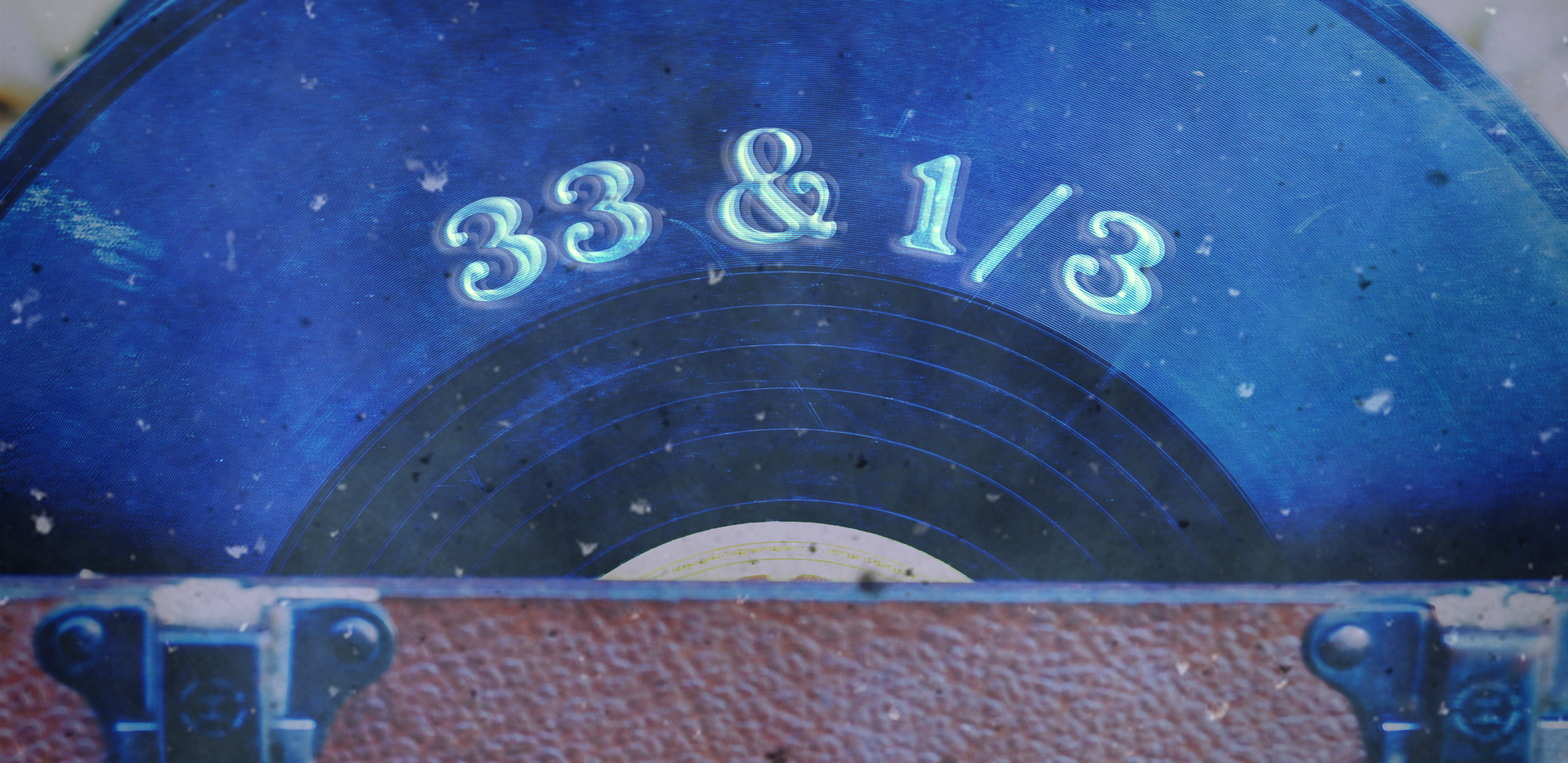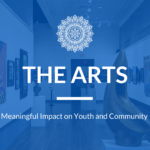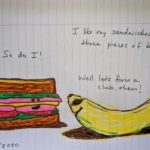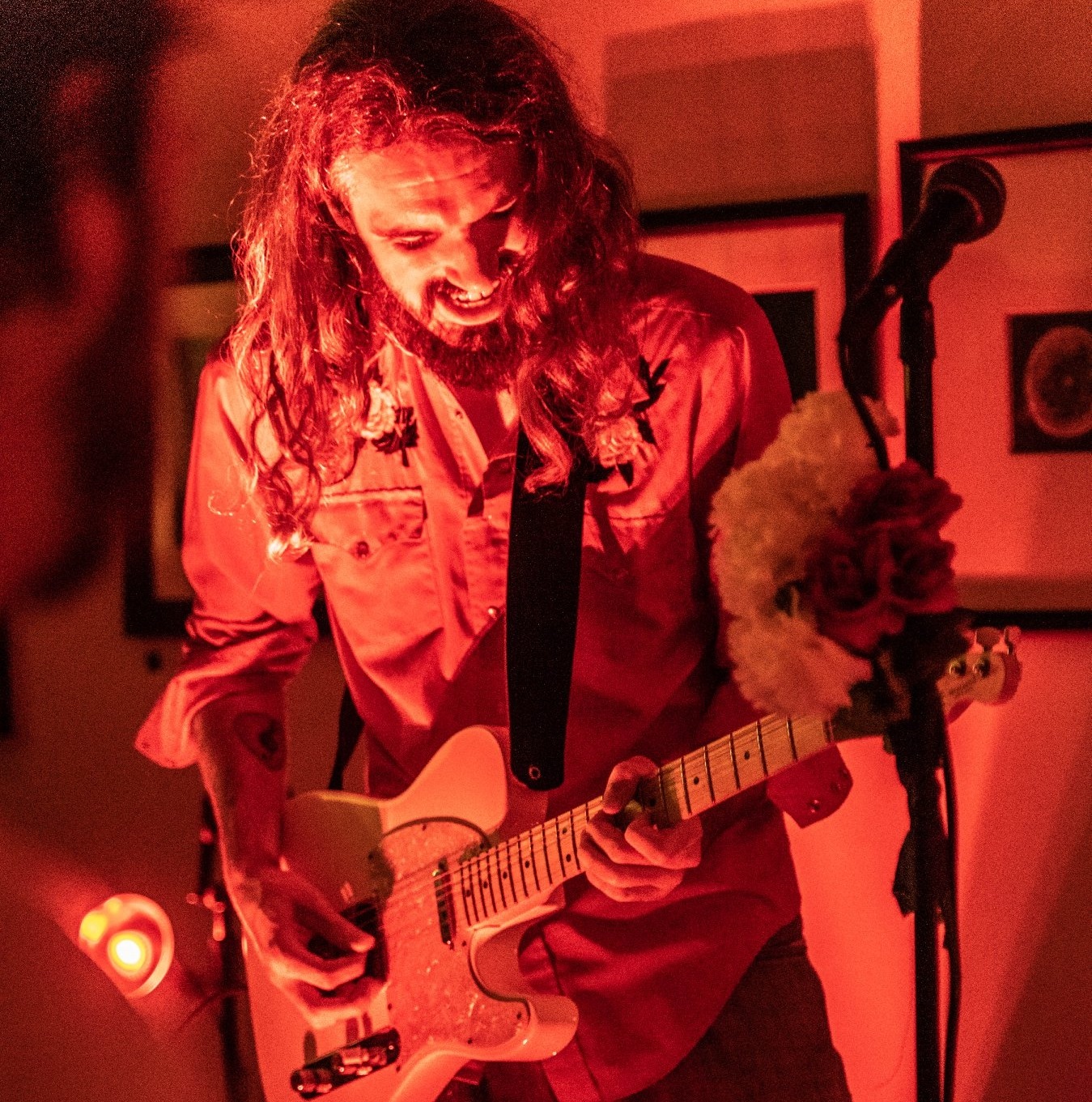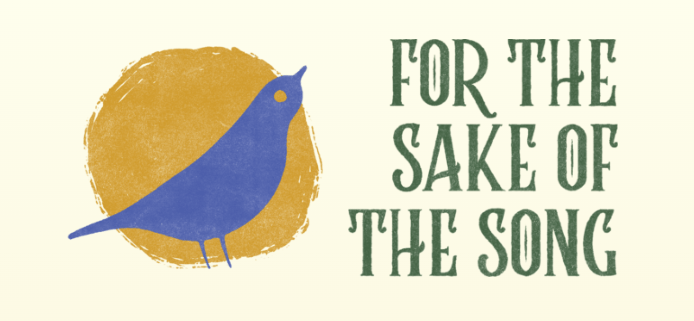
September 30, 2023 @ 2:00 pm – 9:00 pm
For the Sake of the Song is a music festival at Wesselman Woods Odonata Amphitheater on 9.30.23
SEPTEMBER 30 AT WESSELMAN WOODS ODONATA POND AMPHITHEATER
5 bands, 2 singer-songwriter roundtables, 1 beautiful afternoon celebrating songs
Music, nature, beer garden, kids activities and more.
